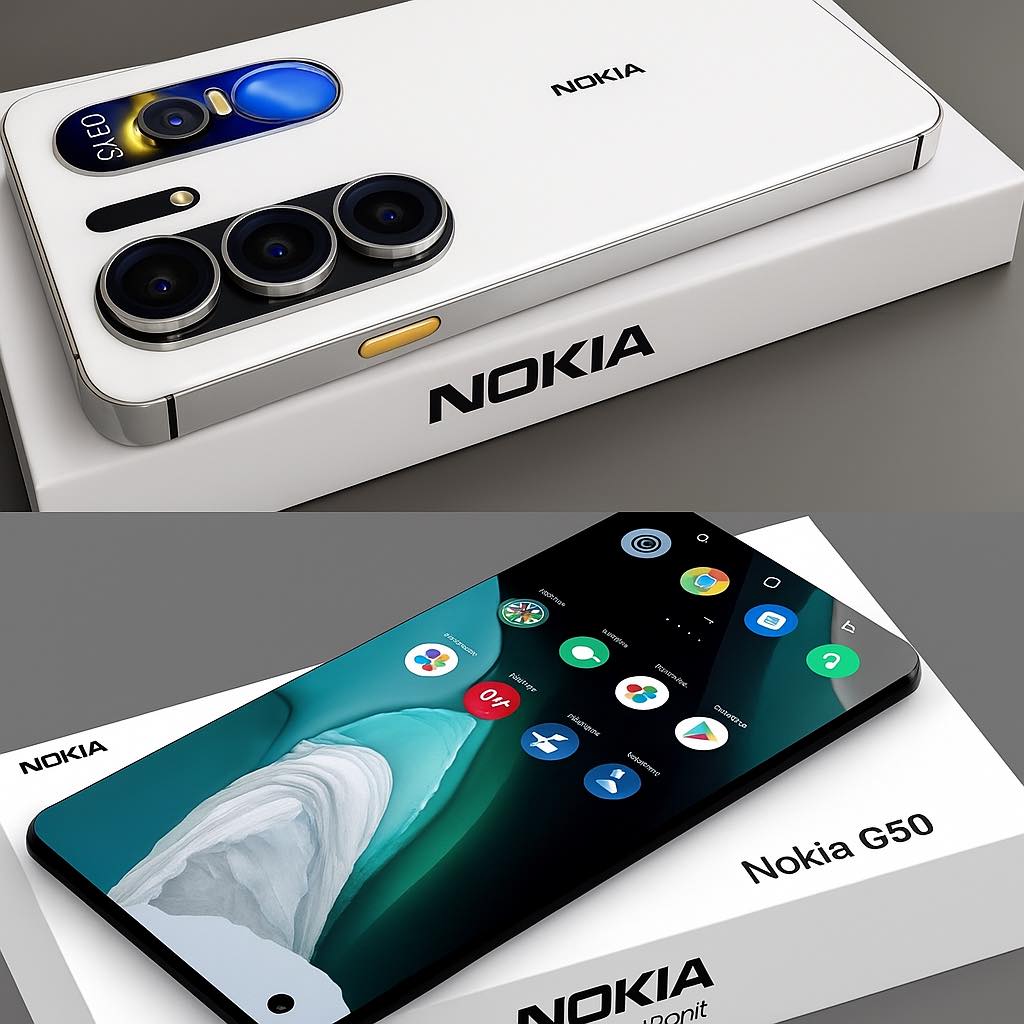Nokia has just shattered the ceiling of mobile innovation with a dual-device launch that feels more like science fiction than consumer tech. The Magic Max and Morph 2025 aren’t just phones — they’re a synchronized leap into the future. With a combined arsenal of 250MP Ultra Vision, 9,000mAh battery power, and a shape-shifting design, this duo doesn’t ask what’s possible. It redefines it.

At the core of both devices is the Snapdragon 8 Gen 4 Ultra, a 3nm powerhouse that delivers blistering performance, intelligent thermal control, and real-time AI acceleration. Whether you’re gaming, editing, streaming, or multitasking across demanding apps, Magic Max and Morph operate like twin engines — fast, fluid, and fearless.
The 250MP camera system, co-engineered with Zeiss, is shared across both models. It captures staggering detail with advanced pixel-binning, laser autofocus, and AI scene optimization. Supporting lenses include a 64MP ultra-wide, a 40MP telephoto with 10x optical zoom, and a 20MP depth sensor for cinematic portraits. Video capabilities include 8K recording, Dolby Vision support, and real-time stabilization — turning either device into a mobile production studio.
Battery life is where the Morph earns its name. The 9,000mAh cell adapts to its physical transformation — whether folded, expanded, or docked. Magic Max, meanwhile, uses a dual-cell 7,200mAh system optimized for performance bursts and rapid recharge. Both support 150W fast charging, with full top-ups in under 30 minutes.

The display experience is split between bold and flexible. Magic Max features a 6.9-inch QHD+ AMOLED panel with 165Hz refresh rate, HDR10+, and Gorilla Glass Victus 2. Morph, on the other hand, introduces Nokia’s new FlexMorph Display — a 7.5-inch adaptive OLED that bends, folds, and reshapes without distortion. It’s not just a screen — it’s a canvas that responds to your needs.
Design-wise, the duo plays with contrast. Magic Max is all about symmetry and precision — aerospace-grade titanium frame, matte ceramic back, and IP68 durability. Morph is fluid, experimental, and alive. Its shape-shifting body uses a graphene-infused alloy that flexes without fatigue, and its magnetic hinge system allows seamless transitions between phone, tablet, and docked modes.
Running on Android 15, both devices feature Nokia’s new NeuroUI, a lightweight interface that adapts to your behavior, context, and even mood. From dynamic app layouts to predictive battery optimization, the experience feels less like software — more like intuition.

Connectivity includes Wi-Fi 7, Bluetooth 5.4, dual 5G SIM support, and satellite messaging for off-grid communication. Security is handled by Nokia Vault, with biometric encryption, quantum-resistant protocols, and real-time threat detection.
Other highlights include stereo speakers tuned by Zeiss, reverse wireless charging, ultrasonic fingerprint sensors, and seamless cross-device syncing between Magic Max and Morph.
This isn’t a product launch — it’s a provocation. Nokia didn’t just build two phones. It built a system that bends, adapts, and evolves. In a market obsessed with iteration, Magic Max and Morph are mutation. They don’t follow the curve — they redraw it.